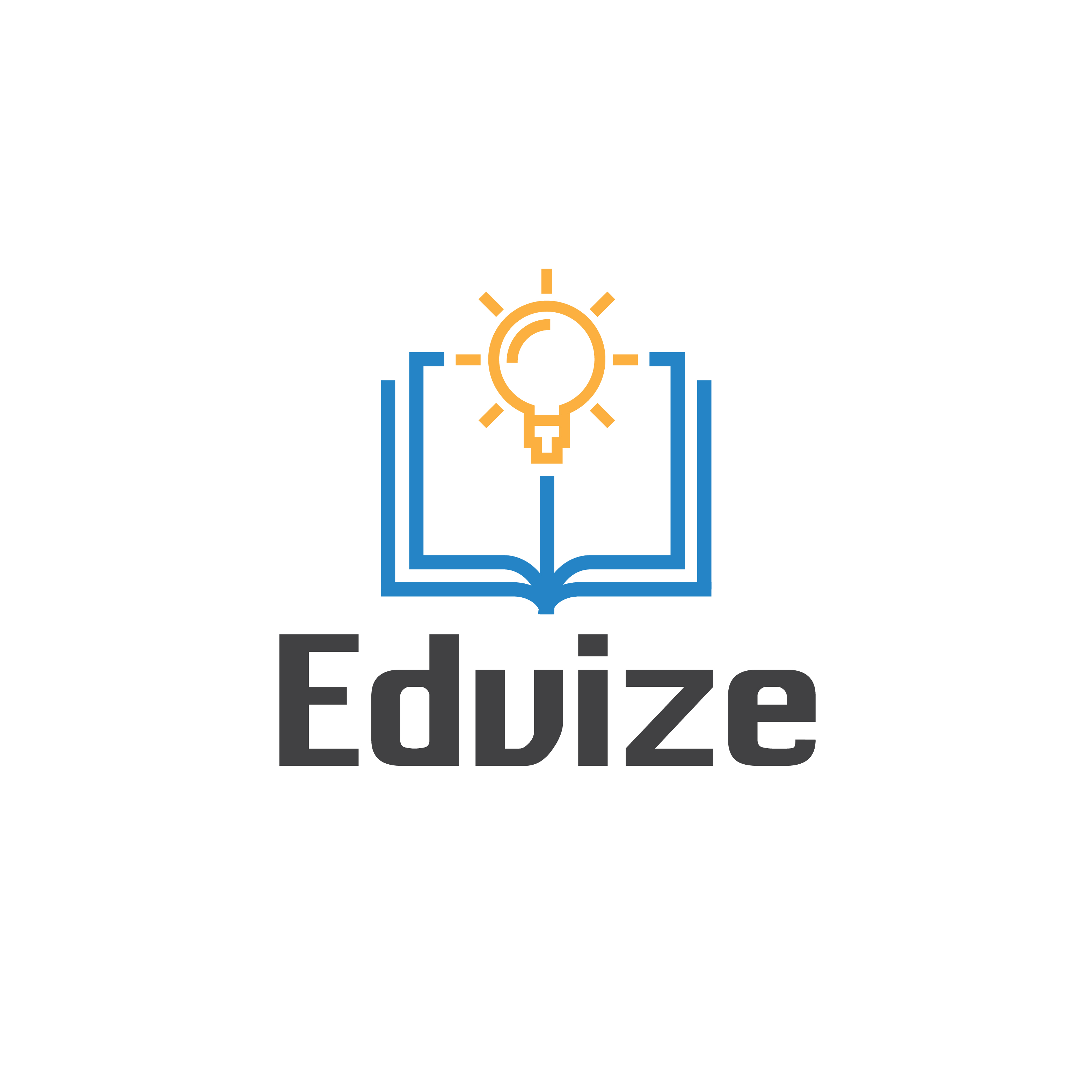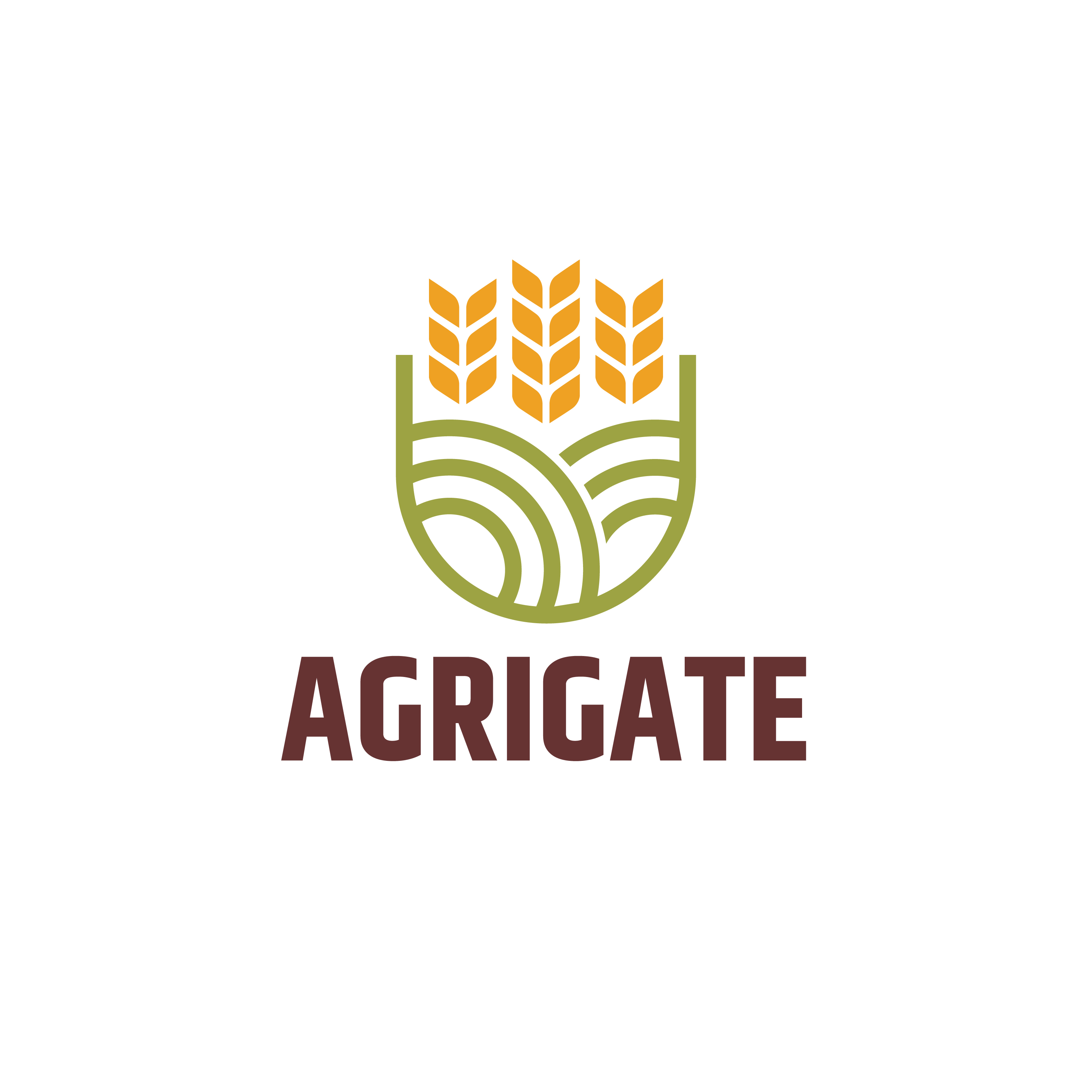SDG Goals for People and the Planet
The Sustainable Development Goals (SDGs) are a universal call to action to end poverty, protect the planet and improve the lives and prospects of everyone, everywhere. They are the blueprint to achieve a better and more sustainable future for all. The 17 Goals were adopted by all UN world leaders in 2015, as part of the 2030 Agenda for Sustainable Development which set out a 15-year plan to achieve the Goals. They envision nothing less than saving our planet for future generations, ending extreme poverty and hunger, and creating a healthier, safer, more inclusive world. The success of these goals depends to a large extent on the coordination of implementation efforts through good public governance.
In today’s global landscape, governments face increasingly complex economic, social and environmental challenges. Achieving progress on the Goals will require governments to work across policy areas. For the SDGs to be successful, every level of government will be counted on to benchmark and assess progress on each goal.
Each Goal is broken down into a range of targets, with a total of 169 targets spread out across the 17 goals. According to these targets, indicators are being established for monitoring and evaluating progress on each SDG to ensure high transparency and accountability within the 2030 Agenda.
The Global SDG Data Platform for accelerating action for the 2030 target
With just under ten years left to achieve the Sustainable Development Goals, world leaders at the SDG Summit in September 2019 called for a Decade of Action and delivery for sustainable development and pledged to mobilize financing, enhance national implementation and strengthen institutions to achieve the Goals by the target date of 2030, leaving no one behind (LNOB). The UN Statistics Division has launched a platform to improve access to data on the global SDG indicators. The platform allows users to analyze data availability, review trends on each indicator globally and regionally, and compare trends for countries and indicators.
Advanced access options for the SDGs data include SDG API, SDMX-SDGs, the Open SDG Data Hub, and a beta version of the SDMX Metadata Database. Launched on 23 September 2021, the Global SDG Indicators Data Platform allows users to search and download data on 210 of the 231 global SDG indicators, with a more user-friendly interface than the Global SDG Indicators Database. The Platform also provides access to SDG profiles for 132 countries. The country profiles show trends in each SDG.
SDG Initiatives by Countries
Investment in inclusive and sustainable economies can unleash significant opportunities for shared prosperity. And the political, technological and financial solutions are within reach. But much greater leadership and rapid, unprecedented changes are needed to align these levers of change with sustainable development objectives for people and the planet.
In Kenya, the LNOB Coalition used findings from its recent survey on social services—which revealed how data gaps contribute to poor targeting of services for people with disabilities—to open a dialogue with national statistical authorities. Mexico has established the Specialized Technical Committee on Sustainable Development Goals, comprising several Mexican government agencies charged with monitoring indicators related to the SDGs. In the Netherlands, responsibilities have been assigned to all the ministries concerned, with the Minister for Foreign Trade and Development Cooperation in charge of overall coordination.
In India, the LNOB Coalition conducted a flagship “100 Hotspots” project, which the United Nations has highlighted as an SDG Good Practice. The SDG Vertical, in collaboration with Union Ministries and States/UTs, is the nodal agency for coordinating and monitoring the Sustainable Development Goals. Through the approach of cooperative and competitive federalism, the Vertical works towards accelerated adoption, implementation, and monitoring of the SDG framework and related initiatives at the national and sub-national levels.
Challenges
The greatest challenge for any country in monitoring and tracking progress at the local and subnational levels for the governments is the lack of specific indicators and absence of monitoring mechanism. Specific indicators are necessary because of the possible differences between cities, including geographical, socio-economical and governmental, which make it difficult to select globally applicable and meaningful indicators.
Monitoring and evaluation are often pursued in a disintegrated way, as “performance” is still monitored separately within sectoral divisions and different disciplines. The indicators foster siloed approaches in cities rather than integrated approaches.
SDG Analytics and Dashboard for Monitoring and Performance Tracking
Monitoring progress achieved under the SDG framework at the global, national, and sub-national levels is the core to expediting the process of achieving the goals set for 2030. India played a prominent role in the formulation of the United Nations Sustainable Development Agenda 2030 and much of the country’s National Development Agenda is mirrored in the Sustainable Development Goals (SDGs). While countries around the world have been considering how to implement and measure success against the Goals, NITI Aayog has taken the lead by releasing the Baseline Report of the Sustainable Development Goals (SDG) India Index, which comprehensively documents the progress made by India’s States and Union Territories towards implementing the 2030 SDG targets. NITI Aayog has constructed the SDG India Index spanning across 13 out of 17 SDGs (leaving out Goals 12, 13, 14 and 17). The Index tracks the progress of all the States and Union Territories (UTs) on a set of 62 National Indicators, measuring their progress on the outcomes of the interventions and schemes of the Government of India. The SDG India Index is intended to provide a holistic view on the social, economic and environmental status of the country and its States and UTs. It has been designed to provide an aggregate assessment of the performance of all Indian States and UTs, and to help leaders and change makers evaluate their performance on social, economic and environmental parameters. It aims to measure India and its States’ progress towards the SDGs for 2030.The national SDG goals work closely with the State/UT Governments and support them in a range of initiatives for SDG localisation, including the State and District Indicator Frameworks, review mechanisms, and capacity building. It is essential to identify the areas of strength and weakness, thereby facilitating the development of implementation strategies and allocation of resources and also measuring progress towards achieving the targets defined as per the framework.
This necessitates the development of local indicators and an integrated platform for national and sub-national progress monitoring and an analytical dashboard that would visualize the current situation and predict the trends to support decision making.
CSM’s SDG Monitoring and Dashboard is successfully implemented for Odisha which helps in mapping and tracking the blocks, districts and national indicators and aspiration goals in alignment with the SDG goals.
The Dashboard has been designed for analysis at 3 levels:
- Current status analysis – The current performance can be analyzed to the granularity of indicators from the state, and district levels.
- Trend analysis – Analysis to monitor the progress over a specific period.
- Forecasting – Analysis can be done at 2 levels, the current progress rate time to be taken to reach the targets, desired rate of progress required to reach the target from the current status in a given time frame.
A composite score is a result that rates the performance of the indicators ranging from being an aspirant to an achiever. There is a logic that is fed at the backend which helps in enabling the system to score the performance. The following depicts the range of scores.
Aspirant (0-49) | Performer (50-64) | Front Runner (65-99) | Achiever more than 99

Scope
SDG compliance is strengthened by the analytics tool that keeps track of the performance and accelerates the effort in the right direction. It facilitates providing an unambiguous framework for management, oversight responsibilities and accountability lines within the SDG at the global, regional and country levels.
The system is a great tech enabler to support national and state governments in their efforts to monitor and report on progress toward the SDGs. As an efficient monitoring tool, it would continuously update resources into sections on global policies and guidelines, data, SDG localization and implementation, and capacity building and coordination. The United Nations has highlighted issues of data quality and data collection abilities to optimally measure various indicators and has emphasized the need for a Data Revolution to enhance the data quality.It has been seen that geospatial information plays a significant role in measuring some of the targets, hence it is relevant in the implementation of SDGs and monitoring of their progress. Synoptic view and repetitive coverage of the Earth’s features and phenomenon by different satellites is a powerful and propitious technological advancement. For instance visualization of schools, literacy, green space in cities, usage of natural resources, GHGs emissions over the product life cycle, cases registered against violence, and many more likewise would help communities in the preliminary survey thereby to take concrete actions to achieve respective SDGs within the targeted time frame. The impact of climate change can be witnessed in all the sectors from health to the terrestrial ecosystem. The recent GIS technologies utilizing spatial statistics for analyzing spatial distributions and patterns can be used for controlling diseases by monitoring water quality and sanitation for different areas.




























